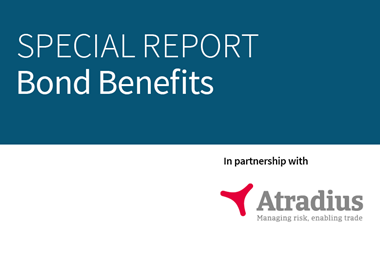Organisations should not overlook the intangible risks facing their business, according to Michael Masterson.
EverEdge Global’s Michael Masterson, speaking as part of StrategicRisk’s #ChangingRisk event, advised risk managers to identify and review intangible assets and protect them.
Back in 1975, intangible assets accounted for just 17% of corporate value, Masterton explained. Today, intangible assets make up 87% of corporate value.
Different sectors have different approaches to intangible risks, he said. “Accountants call it goodwill and lawyers call it IP. In a documentary, Warren Buffett called it “moats”. Analysts call it barriers to entry,” he said.
For McDonald’s or Nike, their brand is their strongest intangible asset. For Google or Facebook, it is data. For Windows or SAP it is software, and for fashion brands like Prada, it is design.
The top five most common intangible asset risks are leakage or theft of information, being unable to prove ownership, hazardous use of open-source software, not owning your own brand, and IP litigation.
Masterson implored risk managers to review their intangible assets and the risks facing them.
“The first question is, ‘what are our intangible assets?’ The second is ‘What’s our strategy around them?’ The third is ‘have we identified our disrisks and our Eurisks? Fourth, ‘what’s our strategy around those risks’.”
Masterson warned that directors and officers of a company have a fiduciary obligation to manage all assets and risks, including intangible assets.
“Under most countries’ companies law, you have a fiduciary responsibility to manage and protect the assets of the company. I would argue that if you don’t know what your assets are, then you are failing in that responsibility.”




















No comments yet